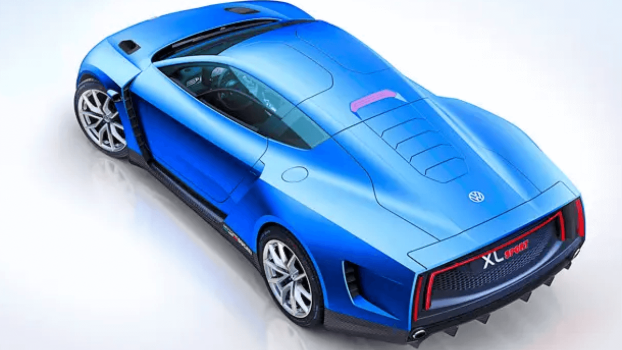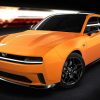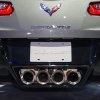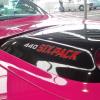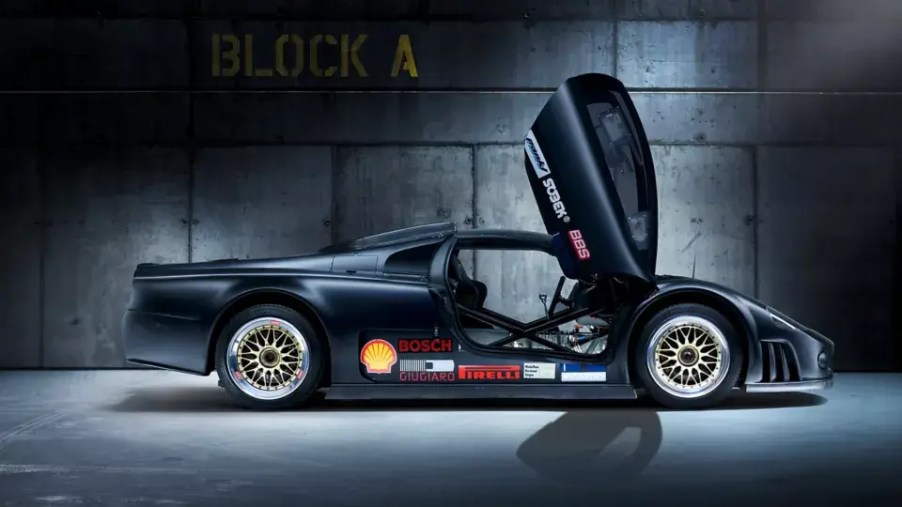
200 MPH for 24 Hours: The Volkswagen W12 Nardo Was an Engineering Marvel
Concept cars are often flights of fancy, and in the case of the Volkswagen W12 Nardo, it was none other than Ferdinand Piech pulling the strings. In creating this W12 monster, not only did the German brand produce the fastest Volkswagen ever, but spawned a series of halo cars from four different brands.
Creating the fastest Volkswagen of all time
At its core, the Volkswagen W12 Nardo is an expression of the best that Volkswagen had to offer in the late 90s. Piech tasked none other than Giorgetto Giugiaro with designing a Volkswagen sports car. The CEO’s instructions included accommodations for the W12 engine and Volkswagen’s new Syncro all-wheel drive system. In addition, Piech required that the car feature a mid-engine layout.
Simply put, Piech wanted to prove that Volkswagen could build a supercar. And after generations of creating practical cars like the iconic Golf, Jetta, and Passat, the W12 Nardo was an exercise of “Because we can…”
Thus, the low-slung, prototype-esque Nardo W12 set the world alight in 1997.
The Nardo, fitted with a 5.6-liter 12-cylinder engine, delivered 591 horsepower and 458 pound-feet of torque through the all-wheel drive system. Acceleration to 60 mph took just 3.4 seconds, and achieved a top speed of 221.8 mph, making it, at the time, the fastest Volkswagen ever produced.
24-Hour Nardo track test
Among the W12 Nardo’s accomplishments is a 24-hour test track run around the legendary Nardo circuit. This track, designed to test a car’s top speed, is a 7.8-mile circle in Nardo, Italy. The constant radius and banking of the corners mean that, despite its curvature, cars can easily reach their top speeds without breaking traction.
On February 23, 2002, Volkswagen took over the Nardo circuit for a 24-hour test of the new supercar. In 24 hours of running, the W12 Nardo managed a record-breaking, 4,909.8 miles while maintaining an average speed of 200.6 mph. In addition to those two, the W12 Nardo broke five additional world records, including the average speeds over six and 12 hours, and 1,000 miles.
Tracing the W12 into other Volkswagen Group models
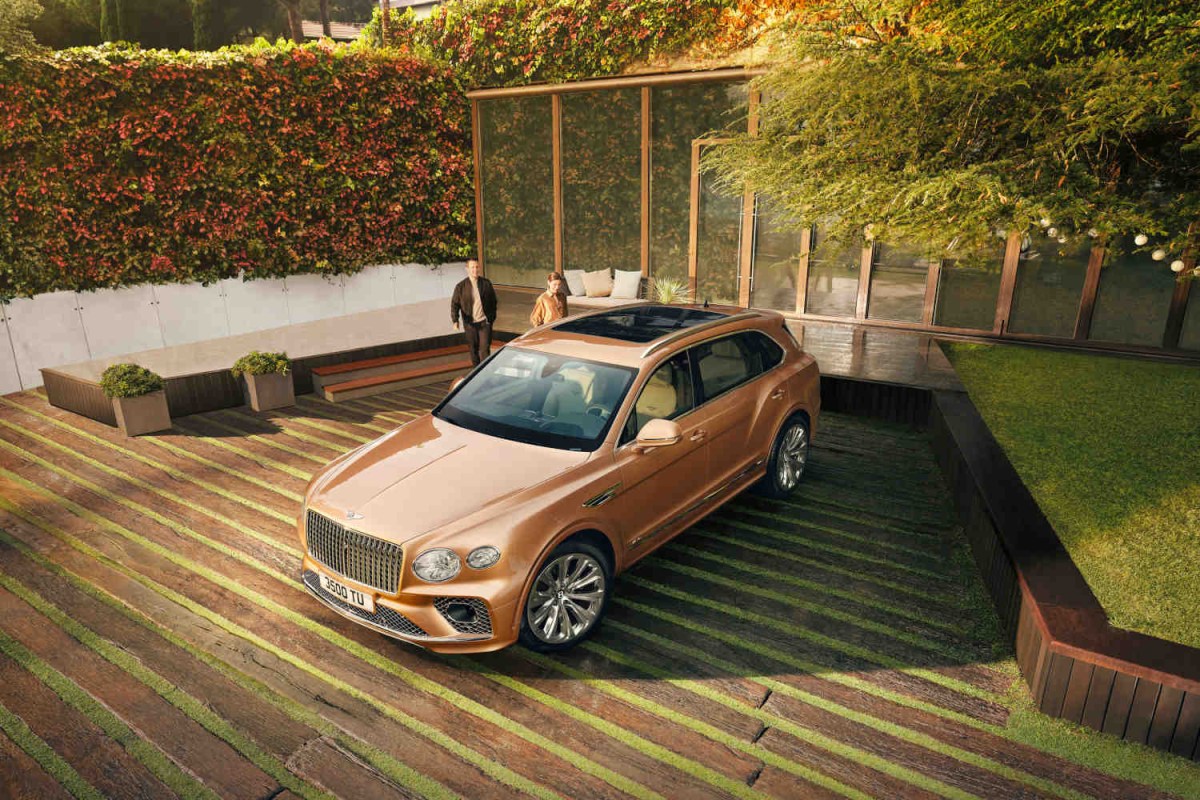
Unfortunately, the W12 Nardo supercar never become a production vehicle. However, the engine did find its way into several other Volkswagen Group projects.
Essentially just two VR6 engines bolted together, VW had little issue creating the W12. As such, the unique layout ended up in the Volkswagen Phaeton and related Audi A8. In addition, the Bentley Flying Spur and Continental GT used similar engine layouts with twin-turbo boost. Those cars developed 552 horsepower and 479 pound-feet of torque, and, in the case of the Continental GT, powered acceleration to 60 in just 4.6 seconds despite the massive weight disadvantage.
Is the Volkswagen W12 better than V12?
While there are some similarities between W12 and V12 engines, both have about the same potential. However, the W12 has a shorter and simpler crankshaft design, which makes for more long-term durability than the V12 setup. However, the margin for error is 30% lower, meaning it is easier to overwhelm and cause failure with an overrev.
According to the Society for Automotive Engineers, the W12 experiences less friction loss than the V12, which enables higher efficiency. That improves efficiency and throttle response for a more linear driving experience, though the differences are slight.
